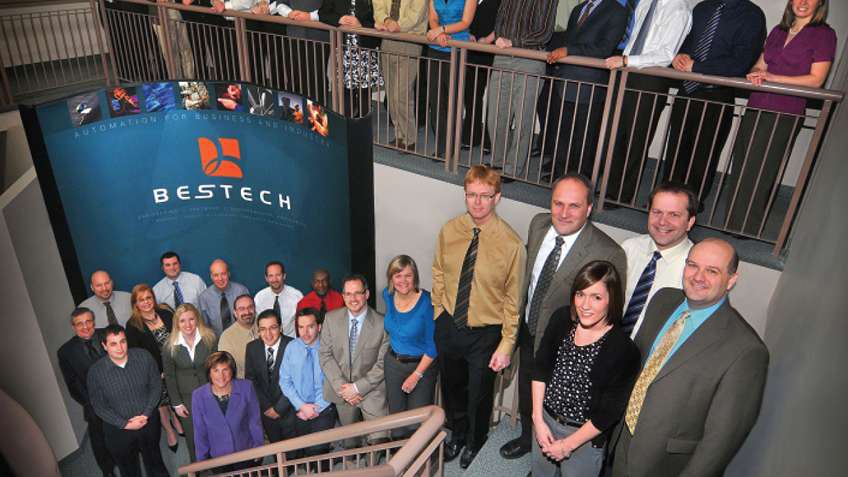Ventilation-on-Demand (VOD) systems operate according to the production requirements of a mine, automatically adjusting to peak and non-peak demand periods. Air flows can be directed where and when they are needed for more energy-efficient operation. For example, a diesel loader entering a particular area of a mine may require 100 percent air volume, but a drill entering a different area of the mine, or in the same area at a different time, may require only 20 percent air volume. As such, fan speeds can be set so that full performance requirements are met at 5 to 10 percent of full motor speed, which reduces power consumption to 70 to 90 percent, compared to fans running at maximum speed. Lower operating speeds also translate into longer motor life, ultimately reducing maintenance and operating costs.
BESTECH, a leading provider of system automation to the mining industry in Canada, recently created a new approach to help mining companies more efficiently manage their processes, equipment and energy usage in a safe manner. NRG1-ECO™ (Energy Consumption Optimisation) combines hardware and software to manage many pieces of automated equipment in a mine.
“When combined with a VOD module, mining companies can realize significant energy savings,” said Paul Lalonde, product developer – Automation, BESTECH. “The hardware and software system also can dramatically reduce a mine’s greenhouse gas emissions, while increasing its productivity and air quality.”
Challenge
When BESTECH developed the NRG1-ECO™ technology, it formed a consortium of industry experts and organisations to establish best practices and standards. The consortium members include organisations such as the Centre for Mining Excellence, and mining giants Vale and Xstrata Nickel.
